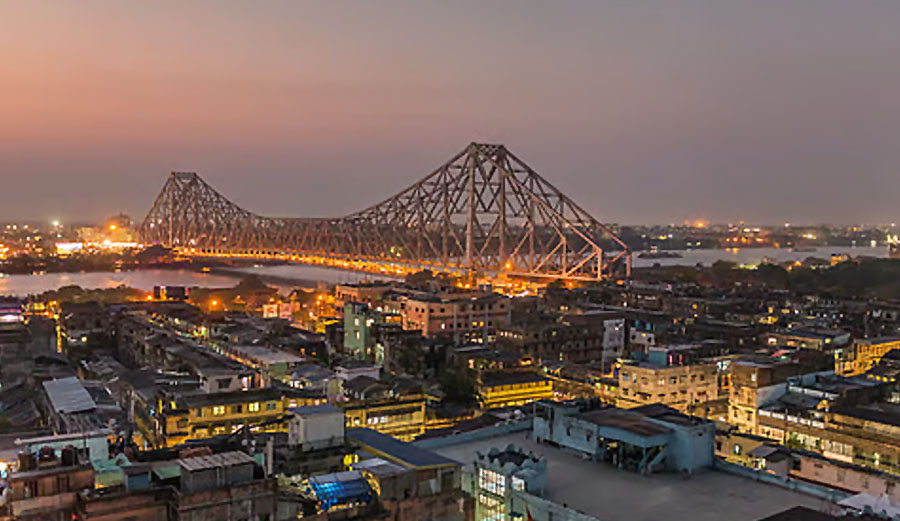Such events happen only once in a century, and profound changes take place because of them.
This time is no different.
The global pandemic completely changed the way we look at work and businesses are comprehensively affected by it.
The old way has changed, and the new way has taken its place.
Yes, the pandemic disrupted global economies and businesses, and the workforce has been heavily affected by it. Organizations had to reimagine their strategies and focus on employee well-being, engagement, and sustainable business models.
The post-pandemic era is likely to be remembered as a pivotal time in the history of the Indian corporate scene. Here are some of the key changes and developments that have emerged as a result of the pandemic:
- Increased focus on remote work and digital technologies
- Changes in consumer behaviour and market demands
- A shift towards more sustainable and socially responsible business practices
- Heightened awareness of the importance of employee well-being
The pandemic has led to a new normal in the workplace, with flexibility and hybrid work options becoming increasingly common.
The office spaces geared up to incorporate various changes and thus the concept of ‘flex space’ was born.
What is Flex Space?
Flex space offers higher flexibility to the organization and optimizes the use of the workspace by increasing occupancy.
But how does it do it?
Let’s examine that in some detail.
Flexible property, commonly referred to as flex property or flex space, is a hybrid concept between office and industrial space. These offices can be reconfigured easily because of their modular design. Such properties can be standalone or can be located in dense, single-story industrial parks.
Flex spaces have the potential of attracting a variety of businesses such as construction, manufacturing, e-commerce, medical and logistical distribution on account of its versatility of spaces for office, warehouse and manufacturing under one roof.
Benefits of Flex Space
Let’s look at the significant benefits of flex spaces:
- Private access: Unlike multi-tenant office buildings that share common spaces like lobbies, bathrooms, and hallways, flex spaces are privately accessed by tenants. Additionally, tenants have private offices, private bathrooms, and private walkways.
- Customizability: Unlike other office spaces, tenants can easily increase/reconfigure their office or warehouse space as flex spaces have fewer improvement costs.
- Triple net lease: One of the strongest benefits of flex spaces is the lease. Most tenants have a triple net lease structure where the landlord passes three key expenses onto the tenant, namely, taxes, insurance, and common area maintenance (utilities and general expenses). Flex spaces give the owner the opportunity to avoid any incurring costs; while under the triple net lease, the landlord is responsible for paying large capital expenditures.
- Length of agreement: Unlike other office spaces which are leased for 7-10 years, flex spaces are leased for a period of seven months to three years.
- Lower initial investment: The huge investment of wiring, design, and furniture which are necessary for running an office is eliminated as flex spaces require an initial payment and offer these services.
- Plug and play: Flex spaces are designed in such a way that any company can start operations almost immediately without wasting precious time in carpentry, electrical, and plumbing work for weeks.
How Companies are Increasing Space Utilization
Companies have discovered that on any given workday, a large percentage of their cubes are unoccupied—in some cases, up to 50%. Employees travel for work, take vacations, or are working from home in greater numbers than ever before. To avoid having to lease or buy more office space, flex space allows a company to have a higher occupancy of cube space and fewer wasted work areas.
At the beginning of the work day, an employee shows up at work. Cubes are mostly configured in the same way, making them all the same. The employee chooses a cube where they would like to sit, and that is their cube for the day. At the end of the day, they pack up their belongings, either taking them all home with them or storing them in a locker space. This leaves the cube the same way it was when they came in, and leaves it free and open for someone to use the following day. A large concern with employees in a flex space environment is cleanliness. It is important in a flex space environment to have a strong cleaning staff.
Occupiers are refining their portfolios and workplace strategies to accommodate hybrid working arrangements. Existing real estate portfolios have to support new workstyles, viz., an office-centric future, a virtual first future, or a balanced approach.
The Future of Flex Spaces
The shared workspace industry has evolved from a co-working setup to managed offices, offering clients flexibility and customized solutions, amenities, and other services.
Flexible office operators leased 7 million sq. ft of space in 2022, the highest in any year, accounting for about 14% share in total commercial office space leasing, according to a recent report.
Operators are designing the next generation of flexible office spaces that will include the right mix of private and open space to meet occupier needs. Medium and large-sized team requirements include value data security, company branding, and a highly agile space that can be reconfigured easily.
The next-generation flex spaces are also incorporating other amenities such as restaurant/eatery, gym, and leisure space.
There is a continued growth of on-demand and subscription-based membership structures since it provides employees with highly configurable models that allow providers to cater to real-time demand and manage it using technology-driven apps and dashboards.
Flex Spaces Have High Demand in Kolkata
Kolkata has also high demand for flexible office spaces. In fact, the demand in Kolkata is not much behind other big cities in India.
Top operators have recognized this and putting their expansion plans in place mainly in Salt Lake Sector 5 and Park Street/Chowringhee area. The trend indicates that while flexible space offerings continue to evolve, delivering them in a way that makes it easier for the occupier is more important than ever.






